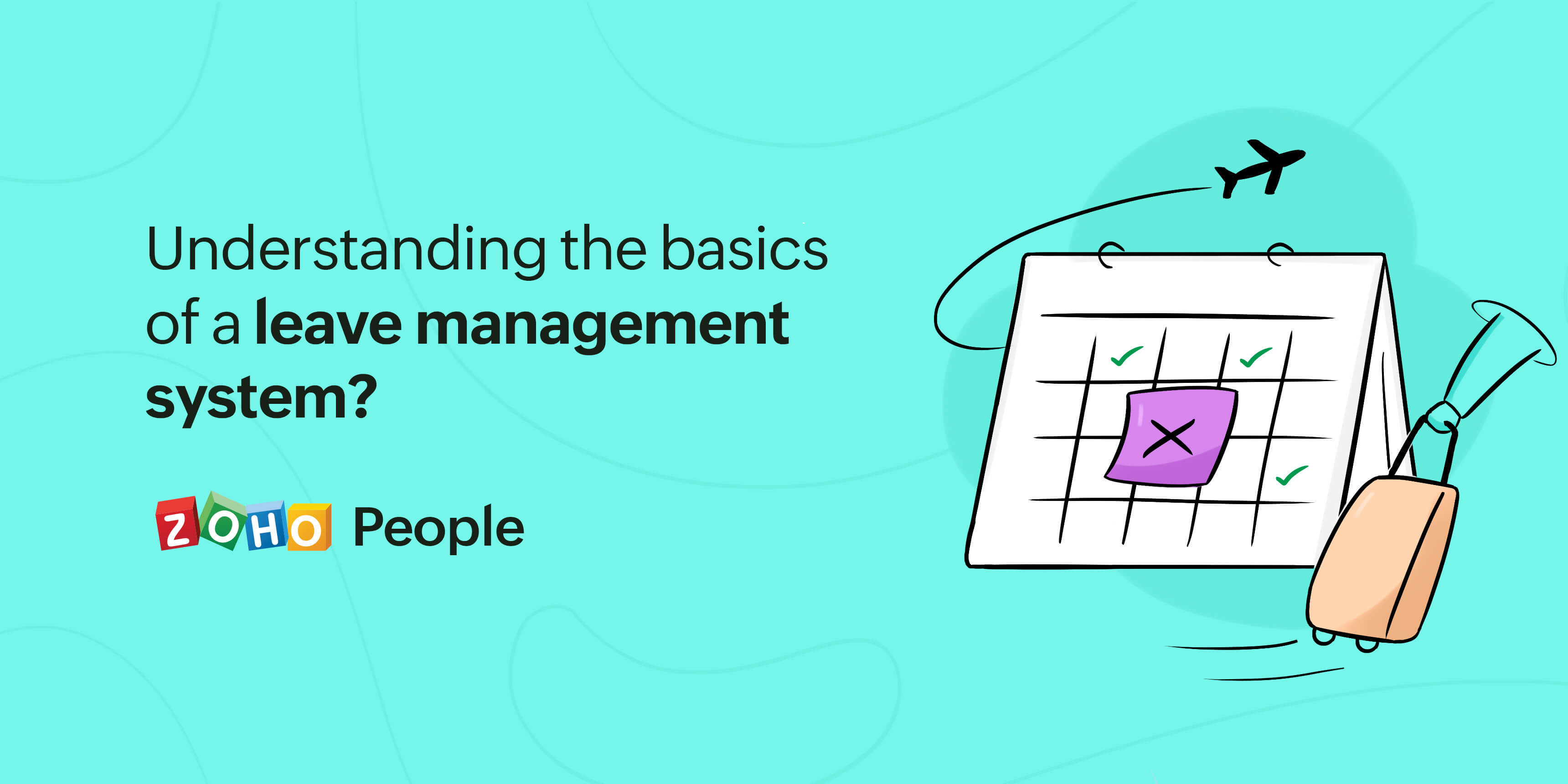
Tracking and managing employee leave is crucial to helping employees maintain a strong work-life balance and maintaining compliance with local laws. For best results, your leave management system should work consistently with your leave policies. In this post, we are breaking down the basics of a leave management system.
Three leave-related challenges that necessitate the use of a leave management system
Let's take a quick look at the challenges that make a leave management system necessary:
Tracking employee leave requests on paper can cause your HR team and managers to miss requests. Sometimes, these paper-based processes may not be documented properly for compliance.
Enforcing leave policies can become incredibly challenging without a proper system, as employees may be in the dark about their leave entitlements.
Not calculating loss of pay or leave payouts accurately can cause a lot of errors in payroll calculation.
What is a leave management system?
A cloud-based leave management system allows organizations to configure their leave policies so that leave requests can be collected, tracked, and approved online in accordance with the laws governing their region. The leave management system provides employees with access to a self-service portal, through which they can submit leave requests, track the status of their request, access the list of upcoming holidays, check how many days of leave they've used, and a lot more.
Read more about the basics of a leave management system in our HR Knowledge Hive.
Comments